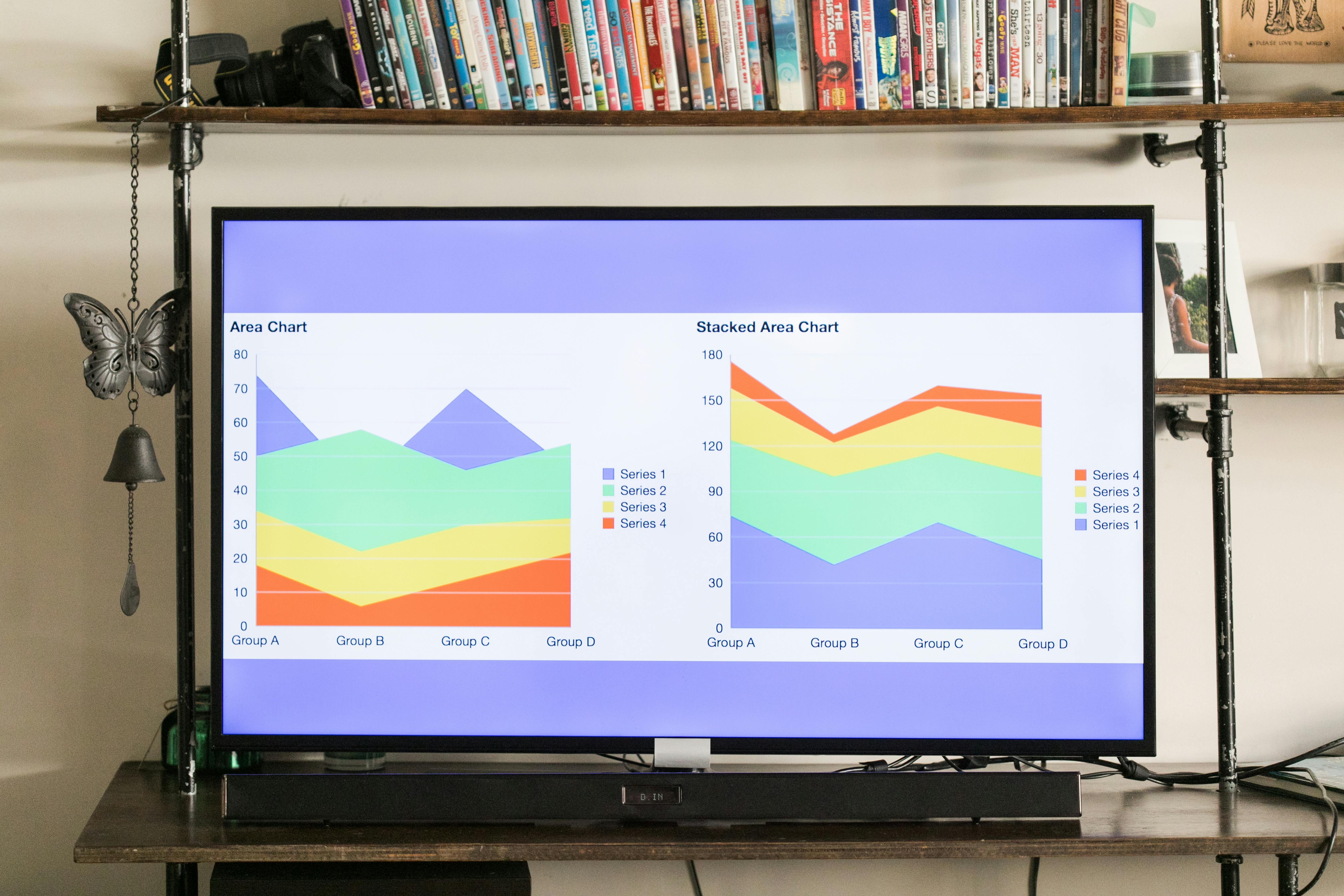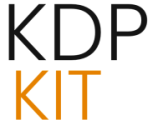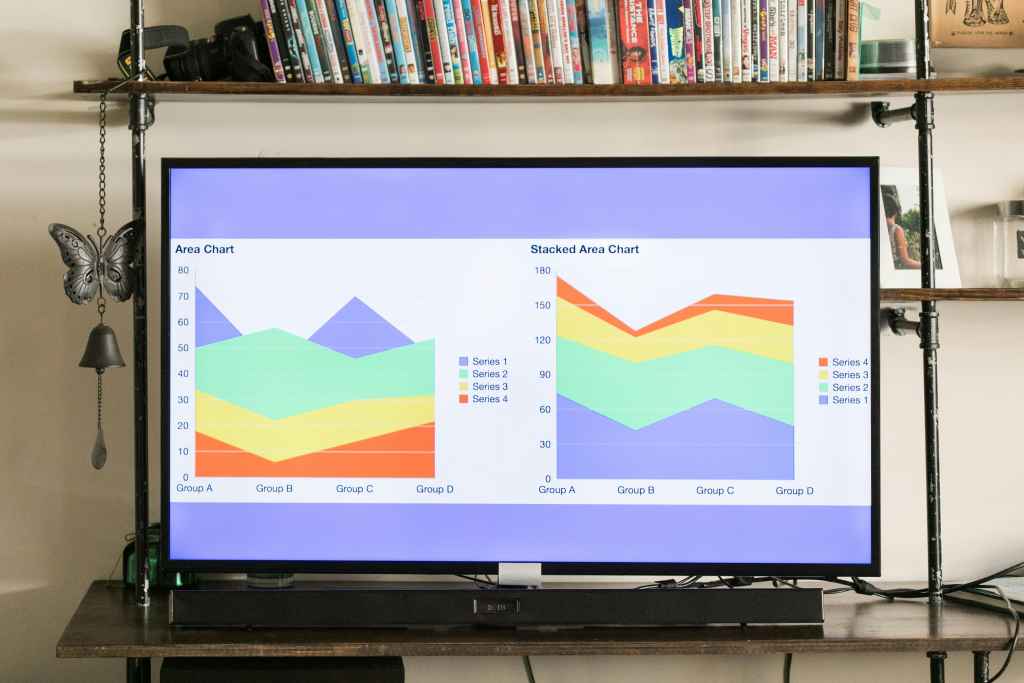
Understanding the Core Features Driving Top-Tier Tool Performance
What ultimately separated the top performers from the middle-of-the-pack contenders? It wasn’t the number of keywords generated, but the *quality* and *predictive power* of the accompanying metrics. The evaluation revealed three core features that are now non-negotiable for serious self-publishers.
The Value of Earnings Projection and Commercial Viability Scoring
A key differentiator for the highest-rated tools in 2025 was their capacity to move beyond simple popularity metrics—like raw search volume—and offer insight into commercial viability. Volume alone is a terrible indicator of profit. A keyword searched ten thousand times a month might be saturated with a thousand highly-optimized, best-selling books, resulting in negligible sales for a newcomer. Conversely, a keyword searched one thousand times a month, but utilized by only a handful of poorly executed competitor books, represents an absolute goldmine.
Tools that offer features like Publisher Rocket’s earnings projection or other sophisticated competition scoring systems allow authors to perform a crucial calculation: the potential ROI for the effort of creating a book for that niche. This predictive element—which attempts to quantify the expected royalty stream based on search volume, competition level, and category dynamics—fundamentally elevates a simple research utility into a strategic business planning instrument. If a tool can’t help you estimate potential earnings, it’s essentially just giving you data you could find manually, albeit slower.
Semantic Clustering and Competitor Deep-Scan Capabilities. Find out more about Best KDP keyword research tools 2025 analysis.
The maturation of the market demands tools that can interpret the *meaning* behind customer searches, not just the words. This is where the semantic clustering capabilities, as championed by tools like DataDive, become invaluable. These functions group keywords that relate to the same core subject matter, helping authors ensure their entire seven-keyword block is conceptually aligned and non-redundant, maximizing the algorithmic impact of each precious entry. Relying on this method ensures you are hitting the topic from multiple angles, reinforcing your authority with Amazon’s algorithm.
Furthermore, the ability to reverse-engineer competitor listings—a feature central to platforms like Helium Ten’s Cerebro—offers a profound tactical advantage. By analyzing the exact keyword portfolio of a book currently outselling yours, an author gains immediate, actionable intelligence on what is proven to work within that specific micro-niche. This moves the process from educated guesswork to direct strategic replication and—ideally—outperformance, ensuring every keyword deployed has already passed the initial, costly validation phase of ranking high on Amazon’s system. You are building your strategy on proven success.
Navigating Pricing Structures: Subscription Versus Perpetual Access Models
The economic model of keyword research software presents a significant decision point for every self-publisher, and the math for 2025 is clearer than ever.
Lifetime Value Versus Recurring Operational Expenses
The analysis explicitly contrasted platforms offering a one-time payment, such as Publisher Rocket, against the more common Software as a Service (SaaS) subscription models employed by many comprehensive suites. For many authors, particularly those in the early stages of their publishing journey or those with inconsistent monthly income, the perpetual access model is highly attractive. It transforms the tool from a recurring monthly drain into a capital asset—a fixed, one-time expenditure that continues to yield dividends indefinitely.. Find out more about Publisher Rocket one-time purchase vs subscription KDP guide.
While subscription tools may offer a wider breadth of features that rotate or update constantly, the absence of a monthly payment obligation for a core, reliable research tool provides significant financial breathing room. The evaluation considered the total cost of ownership over a projected three-to-five-year period. In nearly all scenarios for the dedicated KDP author, the one-time fee becomes exponentially more cost-effective. This is a crucial factor when assessing the long-term health of your publishing business.
Balancing Feature Breadth with Budgetary Constraints
The ideal pricing structure must align directly with the author’s scale of operation. For the author focused purely on discovering the next strong niche and optimizing a single title, a lower barrier to entry is crucial. This is where tools that offer lifetime access or freemium/low-cost entry points, like Keyword Tool Dominator, truly shine. Their value proposition is maximized when an author needs reliable core functionality without the overhead of a full marketing suite. The ability to get started by exploring autocomplete suggestions for free or via a one-time small fee is a massive benefit for newcomers.
Conversely, larger operations—those managing multiple advertising campaigns, tracking dozens of titles across various international marketplaces, and relying on automated data feeds—can easily justify the higher recurring costs associated with the more expansive ecosystems. These larger platforms demand a consistent operational budget but provide the breadth and depth of data management necessary for scaling into a significant publishing business, where time savings translate directly into labor cost reduction across a team. Understanding which model supports your growth stage is key to selecting the right partner.
Strategic Implementation: Integrating Keyword Intelligence into the Publishing Workflow. Find out more about Semantic clustering keyword analysis for self-publishers tips.
Finding the data is the first hurdle; translating that data into optimized listings that convert is the second, more critical one. The best keyword tools don’t just hand you data; they integrate into your workflow to ensure that data is never wasted.
Integrating Category Selection with Keyword Optimization Strategy
Effective keyword deployment does not occur in a vacuum; it must be intrinsically linked to the selection of the most appropriate Amazon categories. The evaluation noted that the best tools offer integrated category research alongside their keyword functionalities. Finding a high-traffic, low-competition keyword is only half the battle; the other half is ensuring the book is correctly shelved within the corresponding category structure on Amazon. An improperly categorized book, even if perfectly keyworded, may be excluded from targeted category searches and ranking reports—and visibility is everything.
Successful authors utilize their chosen software to identify overlapping opportunities: keywords that point toward a profitable niche, and the two specific sub-categories where that niche has enough market depth to provide a realistic shot at a Best Seller Rank (BSR) under the critical threshold of ten thousand. This synergistic approach—keywords guiding category choice, and categories validating keyword strength—is the hallmark of a mature optimization strategy. To learn more about the general state of the market and why this is so critical, review the latest Publishers Weekly industry reports.
Leveraging Data for Advertising Campaign Precision
The 2025 environment makes it abundantly clear that organic ranking alone is insufficient to overcome initial launch hurdles. Strategic use of Amazon Advertising (AMS) is necessary to provide the initial sales velocity that convinces the algorithm of a book’s quality. The research tools play an indispensable role here, moving beyond organic keyword suggestions to providing data specifically for paid campaigns.. Find out more about Reverse ASIN search tools for Kindle Direct Publishing strategies.
The top platforms offer features that analyze keyword data through an advertising lens, such as identifying how many competitors are actively bidding on a term or providing metrics that help set a defensible initial Cost Per Click (CPC) bid. By using data-backed keywords in advertising campaigns, authors ensure their ad spend is targeted only at customers exhibiting high purchase intent. This drastically improves their ACoS (Advertising Cost of Sales) and accelerates the time it takes for organic ranking to take hold. Using raw guesswork in AMS is a direct path to budget depletion; using data from a trusted research tool is a direct path to efficient scaling. You must understand the nuances of Amazon publishing statistics to properly budget these efforts.
Transitioning from Research to Listing Implementation Best Practices
The final mile of the keyword process—the actual implementation on the book listing page—requires meticulous execution. The analysis stressed that simply generating a list of winning phrases is not the end of the job. Authors must adhere to best practices when placing these terms into their title, subtitle, and the seven backend slots.
This involves prioritizing the most valuable, specific, and high-intent keywords in the more prominent title and subtitle fields, as these carry more algorithmic weight. The backend slots are then used to capture the remaining high-value, long-tail variations and secondary, related concepts. Remember, keyword stuffing—overloading your listing—is an outdated, counterproductive tactic that confuses customers and can trigger algorithmic penalties. The best tools support this by organizing research results in a manner that facilitates a logical, hierarchical placement strategy, guiding the author step-by-step from raw data acquisition to flawless, optimized listing creation. For a deep dive into the specifics of listing optimization, check out guides on Amazon keyword research and A10 algorithm understanding.
Future-Proofing Visibility: The Role of Continuous Monitoring and Adaptation
The insights gathered in this 2025 evaluation are not static—they are a snapshot of a perpetually moving target. The market is continuously shaped by reader trends, genre innovations, and technological advancements, including the proliferation of AI-assisted content creation. A successful author recognizes that the keyword analysis phase is merely the first step in a continuous business cycle.. Find out more about Best KDP keyword research tools 2025 analysis overview.
Adapting to Evolving Market Dynamics and Content Generation Methods
Top-tier tools enable regular monitoring, allowing authors to track how their chosen keywords perform over time. Are search volumes dipping? Have new, more effective competitor terms emerged from the latest launches? This ability to perform regular monitoring and adjustment is what separates long-term earners from one-hit wonders. If a specific niche keyword starts to lose traction, the author must proactively use their research tool to pivot to the next emerging trend or sub-niche identified by the software, ensuring their book maintains relevance in the ever-changing search results pages. This proactive stance is vital for sustained discoverability.
Calculating the Return on Investment in Optimization Software
To justify the time and monetary investment in these sophisticated tools, authors must be able to quantify their impact. The analysis concluded by reiterating that effective keyword research delivers a substantial return on investment through improved book discoverability and sales performance. While some content creators may balk at the upfront cost or the monthly fee, the true metric is the difference between the sales generated by a well-researched, optimized listing versus the likely zero sales of an unoptimized one.
For an author whose book gains just a few extra sales per week due to superior keyword placement derived from one of these platforms, the software quickly pays for itself. The value calculation is simple: the cost of the tool versus the incremental, traceable, and sustainable increase in royalties—a calculation only possible when using data-driven software in the first place. If you want to see how BSR metrics can validate a keyword’s sales potential, review guides that detail analyzing Amazon KDP BSR and keyword research.
Recommendations for Debut Authors Versus Established Publishing Houses
The final consideration in the review addressed the varied needs based on author experience. The choice of tool must scale with your ambition.
For the debut writer, the priority is nearly always affordability, ease of use, and immediate, actionable results. Tools offering clear guidance and a one-time fee, allowing them to launch their first title with confidence, were highly recommended.
For established publishing houses, the calculus shifts toward comprehensive data integration, advanced competitive analysis, and the ability to manage a large volume of metadata across numerous active titles in various international Amazon marketplaces. These larger entities benefit more from the expansive, subscription-based platforms that offer deep dives into advertising metrics and portfolio-wide tracking. This nuanced recommendation ensures that every self-publisher, regardless of their current standing, can select the intelligence platform best suited to drive their sales performance in the highly competitive climate of 2025.
Key Takeaways & Actionable Next Steps
The 2025 evaluation makes a few things perfectly clear. Your path to sustainable sales runs directly through your data strategy. Here are your actionable takeaways:. Find out more about Semantic clustering keyword analysis for self-publishers insights information.
The Final Word: Are you ready to stop guessing and start leveraging the same data professionals use? The landscape is too crowded for anything less than total optimization. The right keyword intelligence system is the single best investment you can make in your publishing career this year. Which tool’s methodology aligns best with your growth plan for 2026?








